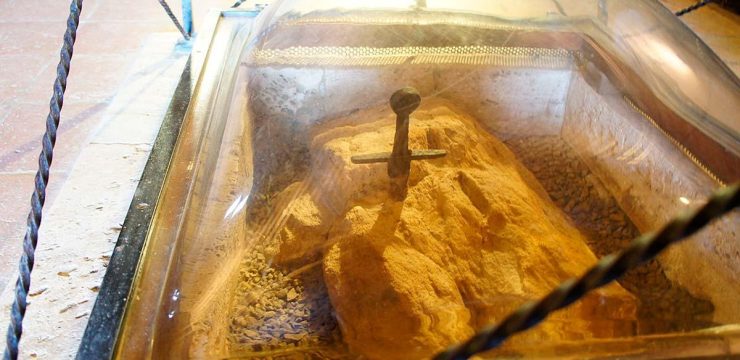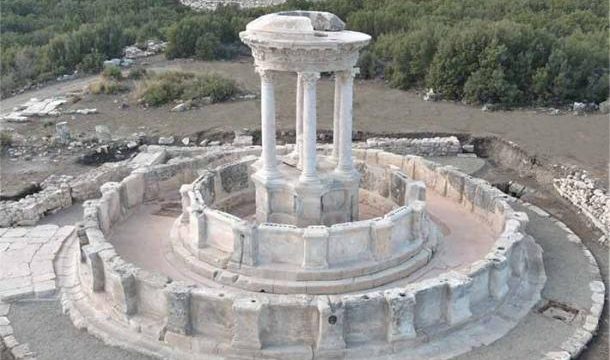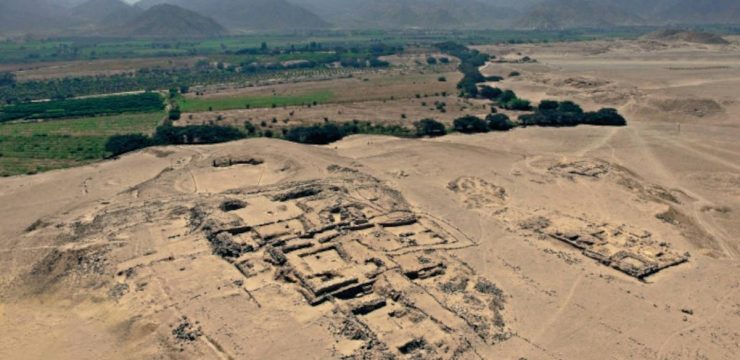Beneath the golden sun of the Mediterranean, scattered across the landscapes of Europe, North Africa, and the Middle East, lie breathtaking relics of human creativity and cultural expression—ancient Greek and Roman theatres. These awe-inspiring structures, built centuries ago, are more than just ruins. They are monuments to architectural genius and social legacy, echoing with stories of art, performance, and civilization. Today, we embark on an extraordinary journey to explore some of the most stunning and best-preserved ancient theatres the world has ever known, marveling at the brilliance and endurance of these timeless stages.

Our adventure begins in North Africa, in what is now Libya. There, tucked within the ancient ruins of Leptis Magna, stands a Roman amphitheater built in 56 AD. Once a jewel of the Roman Empire, Leptis Magna was originally founded by the Phoenicians in the 10th century BC and later flourished under Roman rule. The amphitheater, unique in its construction, was built below ground level—an uncommon design that allowed it to be preserved beneath the desert sands for centuries. With a seating capacity of 16,000, it stands as a symbol of Roman ambition and innovation.
Heading northward, we find ourselves in the heart of Athens, at the base of the iconic Acropolis. Here lies the Odeon of Herodes Atticus, a Roman theatre built with local stone and designed to hold around 5,000 spectators. Its dramatic backdrop and elegant architecture, including a beautifully crafted roof, reflect the Roman affinity for combining form and function in public entertainment spaces.
Traveling to Sicily, the Roman Amphitheatre of Catania tells a story of resilience. Built in the 2nd century CE, this theatre has faced the wrath of Mount Etna’s eruptions more than 17 times, burying layers of the city—and the amphitheatre—beneath lava. Despite these challenges, the theatre has managed to retain much of its original grandeur, a powerful reminder of human perseverance against nature’s fury.
In Syria, the Roman Theatre of Palmyra offers a window into the past. Constructed in the 2nd century AD, it once served a city that was a vital crossroads of ancient trade routes. The theatre’s semicircular orchestra and decorative scaenae frons speak volumes about Roman design, while its history as a cultural and economic hub enhances its significance.
Moving to modern-day Turkey, we come upon the Aspendos Theatre in Antalya, regarded by many as the best-preserved theatre of antiquity. Built during the reign of Emperor Marcus Aurelius, its remarkable acoustics and symmetry between the stage building and seating area are a masterclass in architectural balance. Further west, the grand Ephesus Theatre in Izmir, capable of hosting 25,000 spectators, showcases the scale and sophistication of Hellenistic urban life. Its sheer size and structure reflect the cultural importance of public performance in ancient society.
Also in Turkey, the ancient Greek Theatre of Taormina—constructed in the 3rd century BC—presents a mix of Greek and later Roman elements. Divided into three distinct parts—the scene, the orchestra, and the auditorium—it boasts intricately designed Corinthian columns and vaulted passageways, combining artistic elegance with structural precision. Not far away, the Side Ancient Theater, built in the 2nd century AD, highlights the blending of Greek and Roman styles. Its semicircular layout and stately façade showcase Roman engineering, while still retaining elements of Greek architectural philosophy.
Back in Libya, the Roman Theater of Sabratha stands close to Leptis Magna and impresses with its sandstone construction. Designed to hold 5,000 spectators, the theatre once featured ornate stucco work and a wooden ceiling that sloped for acoustics—evidence of Roman mastery in both beauty and practicality.
In Greece’s Peloponnese region lies the crown jewel of ancient Greek theatre: the Ancient Theatre of Epidaurus. Built in the late 4th century BC, it is celebrated for its impeccable acoustics and symmetrical layout. The theatre has 34 rows divided into 34 sections, a configuration that enhances both visibility and sound projection, making it one of the finest examples of Greek engineering and aesthetics.
In Delphi, another Greek treasure awaits—the Delphi Theatre. Constructed in the 4th century BC, this theatre offers more than a place for performances. It provides breathtaking views of the surrounding landscape and the sanctuary of Apollo below. The blend of scenic beauty and cultural purpose creates an atmosphere of awe that connects past and present.
Crossing into France, we find the Roman Theatre of Orange, constructed in the 1st century AD. Once a hub for grand Roman performances, it was closed in 391 AD by Christian edict and left to decay for centuries. In the 19th century, it underwent a passionate restoration, bringing new life to its storied walls and allowing modern visitors to experience its majesty.
In Spain, the Roman Theatre of Mérida, commissioned by General Agrippa in 16 BC, is another triumph of Roman engineering. Despite multiple restorations over the centuries, the theatre retains its classical essence and continues to serve as a symbol of Roman legacy in the Iberian Peninsula. Its 6,000-seat capacity and preserved stage structures reflect a balance between cultural ambition and structural durability.
Finally, we arrive in Pergamon, Turkey, home to the world’s steepest ancient theatre. Built in the 3rd century BC during the reign of King Eumenes II, this Hellenistic theatre is perched on a hillside with a staggering 70-degree incline. Holding 10,000 spectators and stretching 36 meters from the stage to the top tier, the theatre is a marvel of ancient vision and execution. Its 80 steps, detailed staircases, and marble royal box illustrate the thoughtful design and luxury embedded in its construction.
These remarkable structures are more than relics; they are living echoes of the civilizations that created them. Each theatre, from the sands of Libya to the hills of Greece and the plains of France and Spain, tells a story of performance, power, and passion. They stand today as enduring symbols of our shared human history, inviting us to marvel at the artistry, ingenuity, and timeless spirit of those who came before us.





